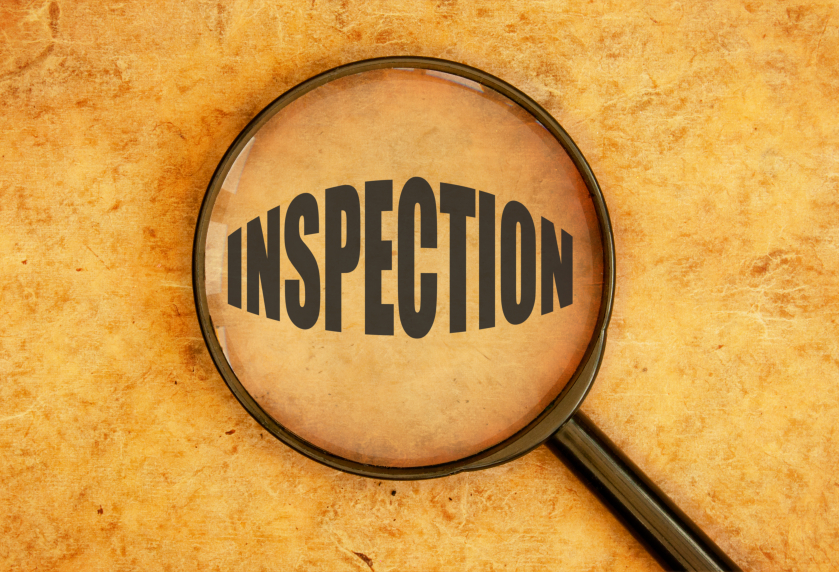 |
Recent enforcement statistics from the EPA show that during fiscal year (FY) 2014, enforcement actions required companies to invest more than $9.7 billion in actions and equipment to control pollution and clean up contaminated sites. Companies paid $63 million in combined administrative, civil, and criminal fines. And that’s just on the federal level!
Follow these 10 general steps to help you be prepared for an environmental inspection or for a self-audit of your facility and help prevent being on the receiving end of an enforcement action.
10 Preinspection Steps
Step 1: Gather and have on hand the following information:
- A facility description and map
- Your company’s regulatory history
- Your company’s existing compliance programs
- Records on compliance procedures (e.g., monitoring, work practices, recordkeeping, reporting)
- Records on employee training
- Records on medical examinations
- Current environmental permits and licenses
Join us for the EPA Next Generation Compliance webinar on May 28 to learn the practical impact for you to master your EPA-related compliance obligations. Learn more.
Step 2: Create a written list of potential problem areas, and make a schedule to work on them.
Step 3: Allocate sufficient time on a regular basis to:
- Make a visual inspection of the facility.
- Conduct interviews with selected facility personnel.
Step 4: Be prepared to acknowledge areas of noncompliance that may be uncovered during an inspection and the corrective measures you are taking to come into compliance.
Step 5: Make sure that you can identify:
- The primary operation at the facility, including all applicable Standard Industrial Classification (SIC) and North American Industry Classification System (NAICS) codes
- Each process or potential source of pollution at the facility
- Chemicals used at the facility
- Raw materials used at the facility
- Pollution control devices and/or waste minimization operations at the facility
- Installation date of each process or potential source of pollution at the facility
- Primary operation of the previous owner/operator/occupant of the facility
- History of spills and other accidents at the facility
EPA Next Generation Compliance: How to Adapt Your Risk-Mitigation Strategy to New Enforcement Approaches
How to apply Next Gen Compliance principles to solve environmental compliance challenges you currently face. Register now!
Step 6: Be familiar with the equipment and machinery at your facility, and make sure you are aware of any that use fluids containing polychlorinated biphenyls (PBCs) (e.g., hydraulic fluid, dielectric oil, transformers).
Step 7: Study your company’s environmental management history, and identify all the wastestreams (e.g., air, water, waste, hazardous waste).
Step 8: On a periodic basis, review the environmental management records and files, and determine if any are current or still in effect, including all applicable:
- Permits and support documentation
- Flow sheets
- Air-emissions inventories
- Sampling records
- Analytical techniques
- Maintenance records
- Operating logs
- Periodic reports filed with federal and state regulatory agencies and other documents in their possession
- Reports of any actions that exceeded permit requisites
- Emergency Action Plan
- Oil Spill and Hazardous Substances Contingency Plan
- Spill Prevention, Control, and Countermeasure (SPCC) Plan
- Stormwater Pollution Prevention Plan (SWPPP)
- Notification procedures
- Electrical transformer labeling, storage, and disposal records
- Other waste-disposal files (e.g., hazardous, nonhazardous, manifests)
Step 9: On a periodic basis, review the following information for all permits:
- Type of chemicals and activities that were permitted
- Compliance history
- Inspection and enforcement history
Step 10: Become knowledgeable of the history of your facility and the prior uses of the site. Locate and have on hand any topographic maps that depict prior or current uses or conditions of land.
